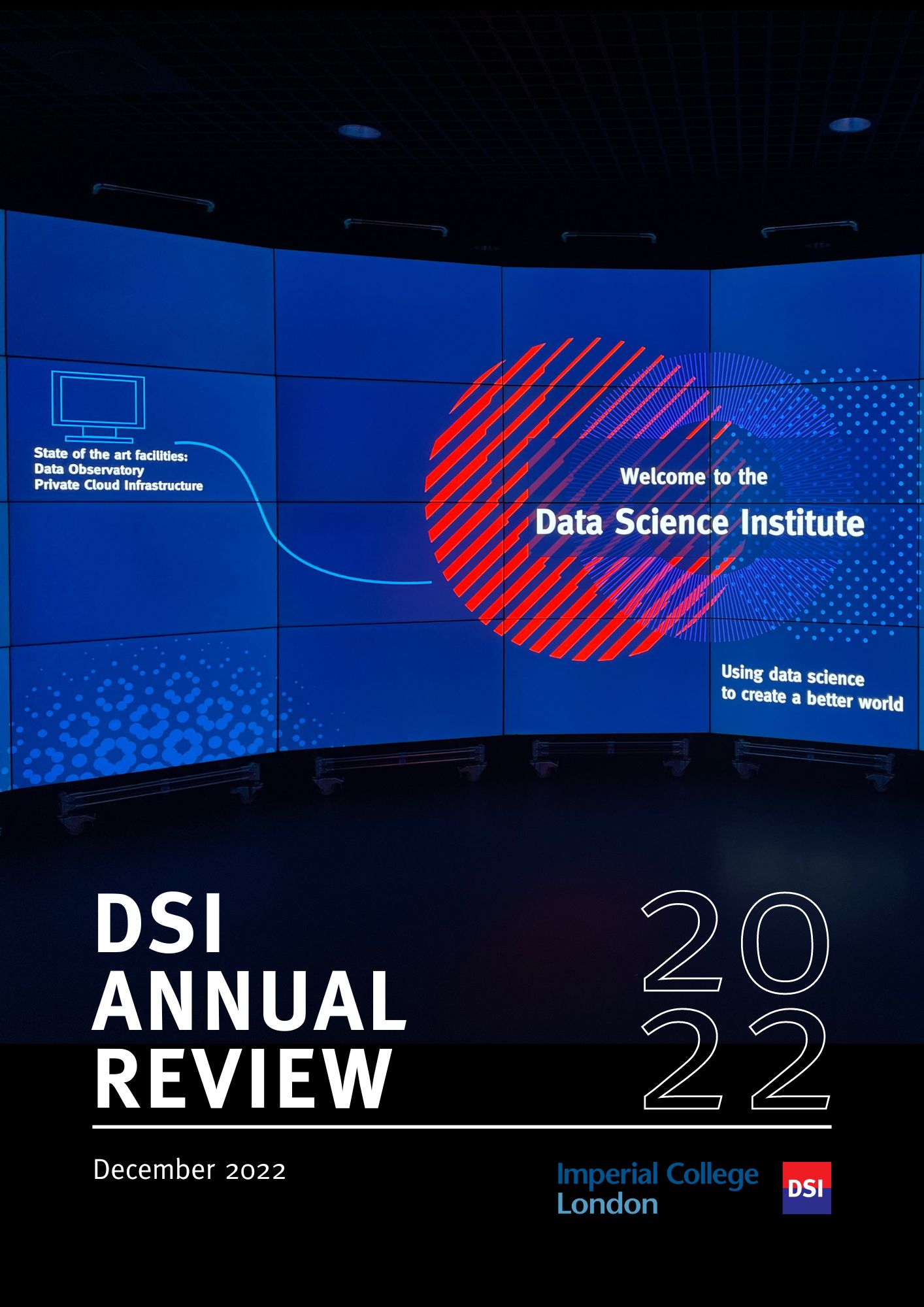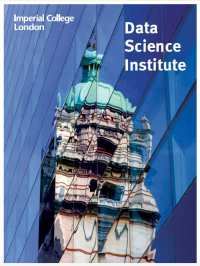BibTex format
@article{Xiong:2021:10.1016/j.media.2020.101832,
author = {Xiong, Z and Xia, Q and Hu, Z and Huang, N and Bian, C and Zheng, Y and Vesal, S and Ravikumar, N and Maier, A and Yang, X and Heng, P-A and Ni, D and Li, C and Tong, Q and Si, W and Puybareau, E and Khoudli, Y and Geraud, T and Chen, C and Bai, W and Rueckert, D and Xu, L and Zhuang, X and Luo, X and Jia, S and Sermesant, M and Liu, Y and Wang, K and Borra, D and Masci, A and Corsi, C and de, Vente C and Veta, M and Karim, R and Preetha, CJ and Engelhardt, S and Qiao, M and Wang, Y and Tao, Q and Nunez-Garcia, M and Camara, O and Savioli, N and Lamata, P and Zhao, J},
doi = {10.1016/j.media.2020.101832},
journal = {Medical Image Analysis},
pages = {1--14},
title = {A global benchmark of algorithms for segmenting the left atrium from late gadolinium-enhanced cardiac magnetic resonance imaging},
url = {http://dx.doi.org/10.1016/j.media.2020.101832},
volume = {67},
year = {2021}
}
RIS format (EndNote, RefMan)
TY - JOUR
AB - Segmentation of medical images, particularly late gadolinium-enhanced magnetic resonance imaging (LGE-MRI) used for visualizing diseased atrial structures, is a crucial first step for ablation treatment of atrial fibrillation. However, direct segmentation of LGE-MRIs is challenging due to the varying intensities caused by contrast agents. Since most clinical studies have relied on manual, labor-intensive approaches, automatic methods are of high interest, particularly optimized machine learning approaches. To address this, we organized the 2018 Left Atrium Segmentation Challenge using 154 3D LGE-MRIs, currently the world's largest atrial LGE-MRI dataset, and associated labels of the left atrium segmented by three medical experts, ultimately attracting the participation of 27 international teams. In this paper, extensive analysis of the submitted algorithms using technical and biological metrics was performed by undergoing subgroup analysis and conducting hyper-parameter analysis, offering an overall picture of the major design choices of convolutional neural networks (CNNs) and practical considerations for achieving state-of-the-art left atrium segmentation. Results show that the top method achieved a Dice score of 93.2% and a mean surface to surface distance of 0.7mm, significantly outperforming prior state-of-the-art. Particularly, our analysis demonstrated that double sequentially used CNNs, in which a first CNN is used for automatic region-of-interest localization and a subsequent CNN is used for refined regional segmentation, achieved superior results than traditional methods and machine learning approaches containing single CNNs. This large-scale benchmarking study makes a significant step towards much-improved segmentation methods for atrial LGE-MRIs, and will serve as an important benchmark for evaluating and comparing the future works in the field. Furthermore, the findings from this study can potentially be extended to other imaging datasets and modalitie
AU - Xiong,Z
AU - Xia,Q
AU - Hu,Z
AU - Huang,N
AU - Bian,C
AU - Zheng,Y
AU - Vesal,S
AU - Ravikumar,N
AU - Maier,A
AU - Yang,X
AU - Heng,P-A
AU - Ni,D
AU - Li,C
AU - Tong,Q
AU - Si,W
AU - Puybareau,E
AU - Khoudli,Y
AU - Geraud,T
AU - Chen,C
AU - Bai,W
AU - Rueckert,D
AU - Xu,L
AU - Zhuang,X
AU - Luo,X
AU - Jia,S
AU - Sermesant,M
AU - Liu,Y
AU - Wang,K
AU - Borra,D
AU - Masci,A
AU - Corsi,C
AU - de,Vente C
AU - Veta,M
AU - Karim,R
AU - Preetha,CJ
AU - Engelhardt,S
AU - Qiao,M
AU - Wang,Y
AU - Tao,Q
AU - Nunez-Garcia,M
AU - Camara,O
AU - Savioli,N
AU - Lamata,P
AU - Zhao,J
DO - 10.1016/j.media.2020.101832
EP - 14
PY - 2021///
SN - 1361-8415
SP - 1
TI - A global benchmark of algorithms for segmenting the left atrium from late gadolinium-enhanced cardiac magnetic resonance imaging
T2 - Medical Image Analysis
UR - http://dx.doi.org/10.1016/j.media.2020.101832
UR - http://gateway.webofknowledge.com/gateway/Gateway.cgi?GWVersion=2&SrcApp=PARTNER_APP&SrcAuth=LinksAMR&KeyUT=WOS:000598891600005&DestLinkType=FullRecord&DestApp=ALL_WOS&UsrCustomerID=1ba7043ffcc86c417c072aa74d649202
UR - https://www.sciencedirect.com/science/article/pii/S1361841520301961?via%3Dihub
UR - http://hdl.handle.net/10044/1/87233
VL - 67
ER -

